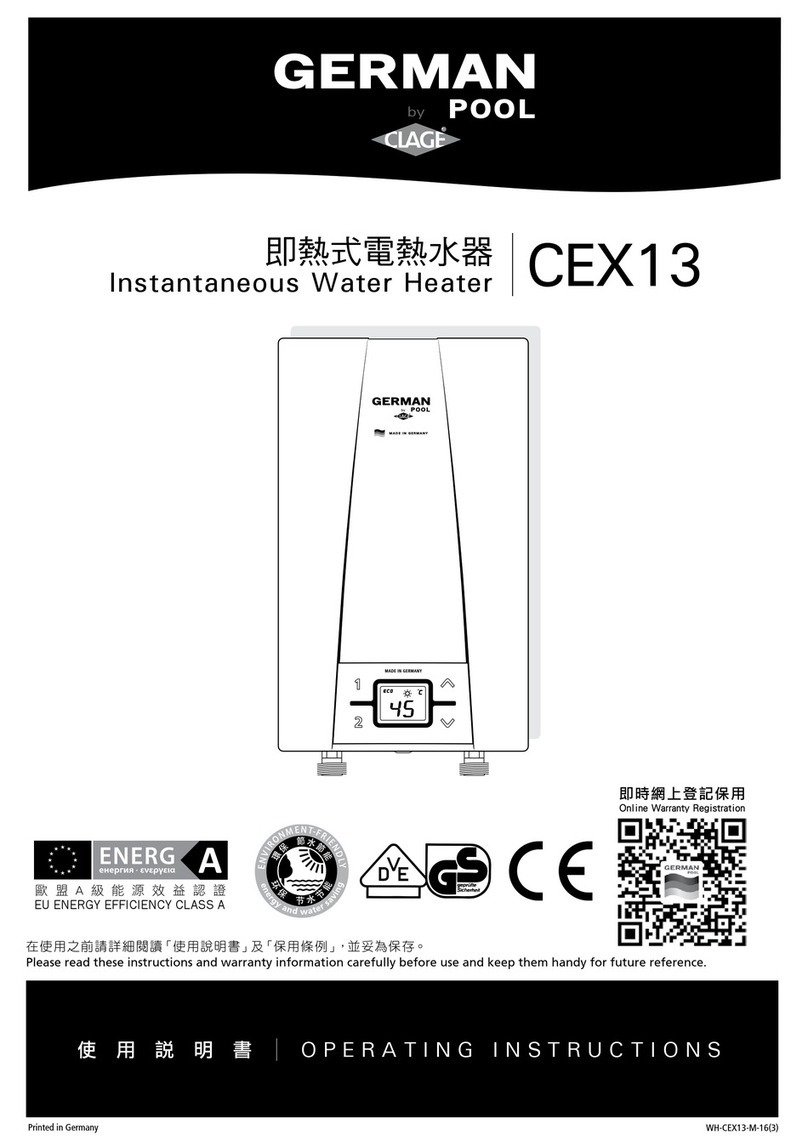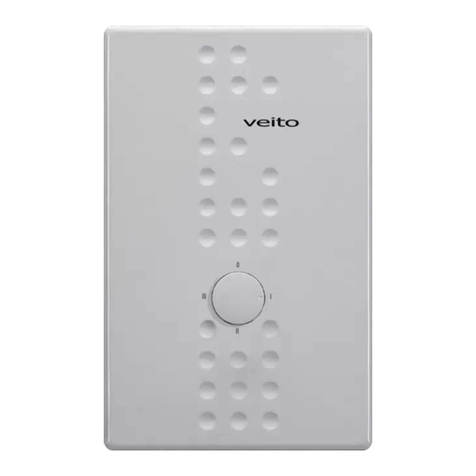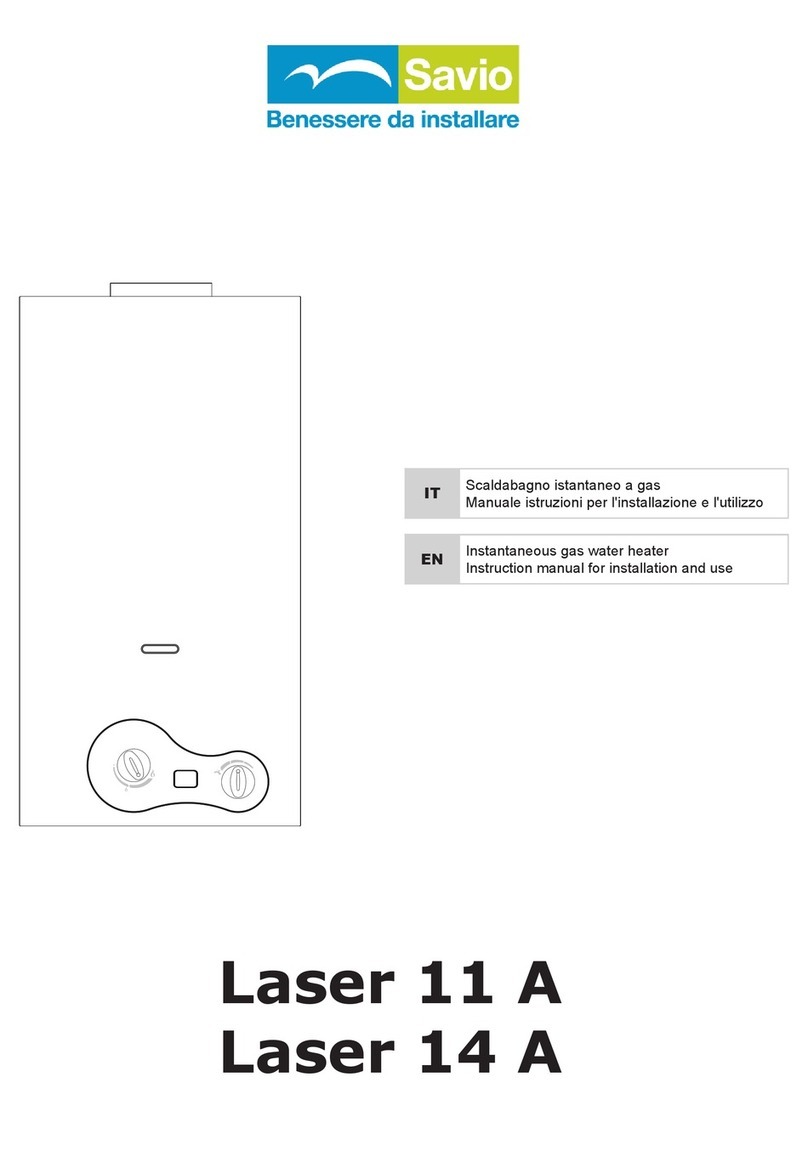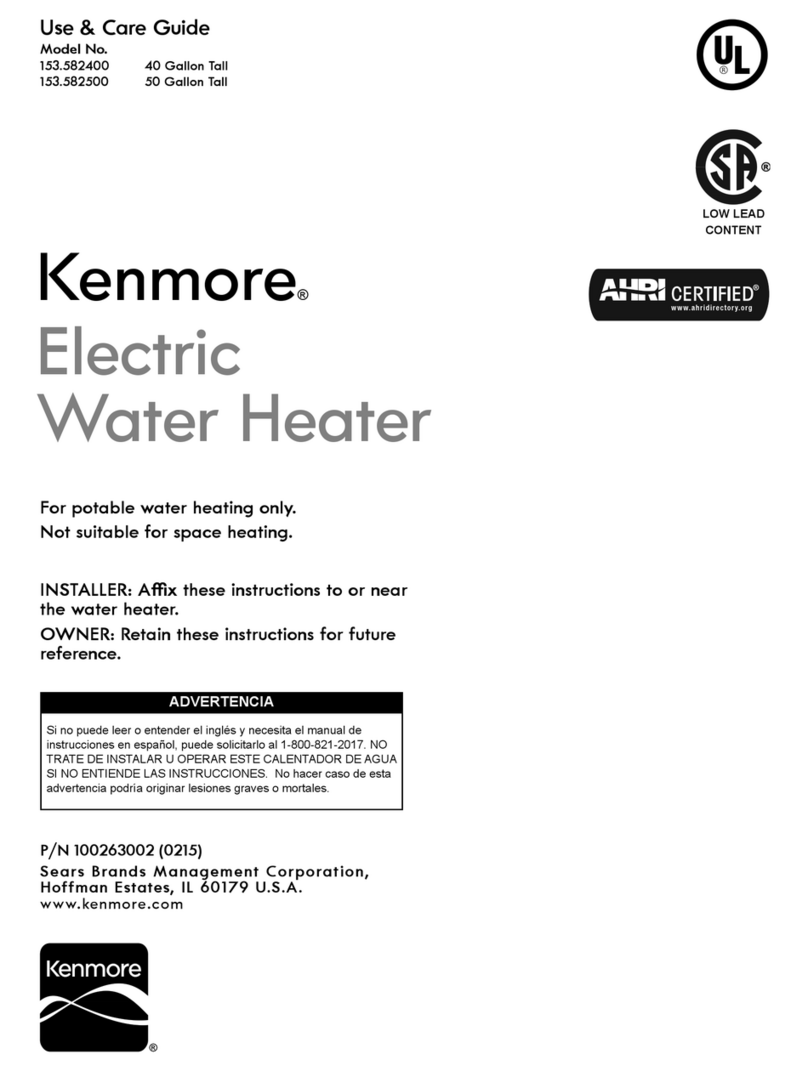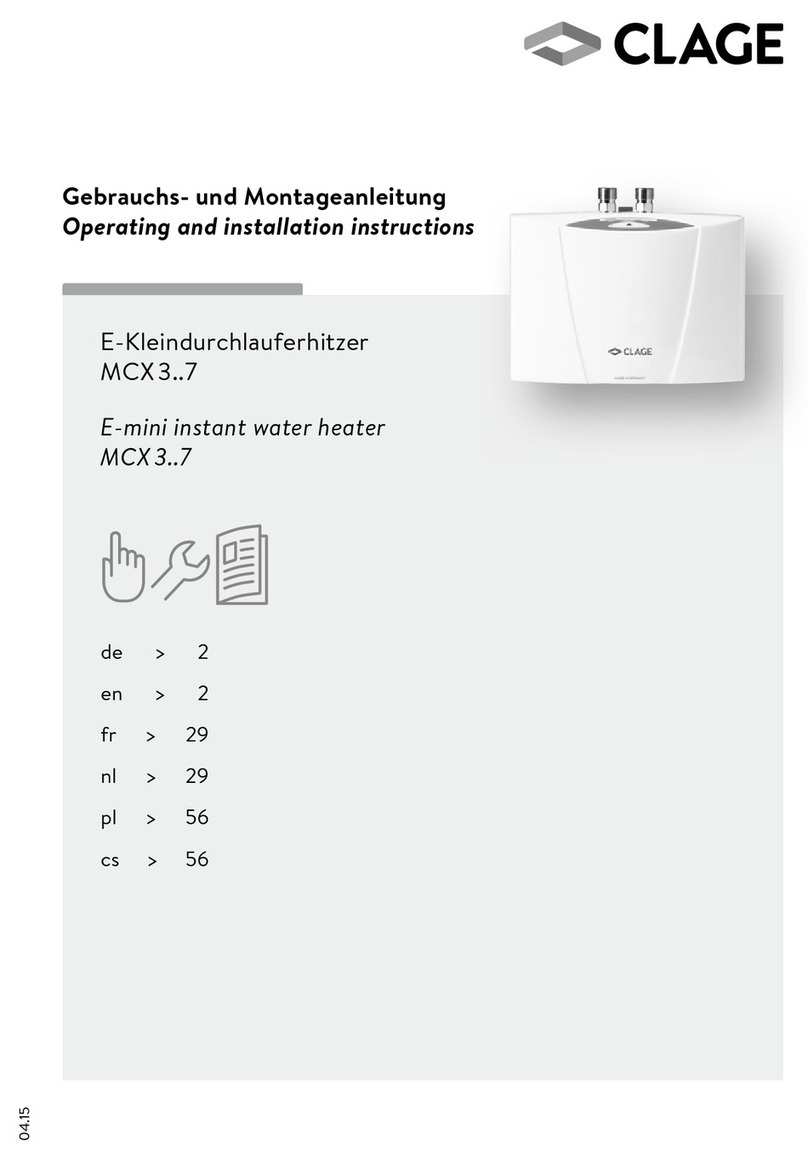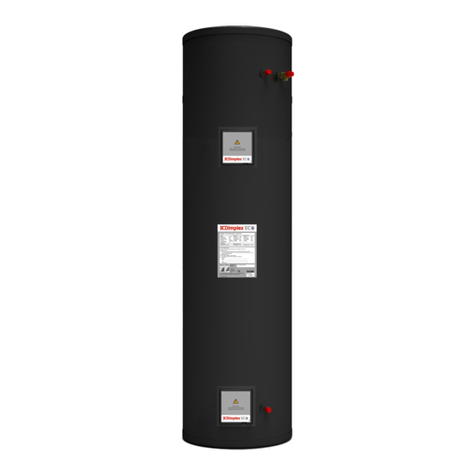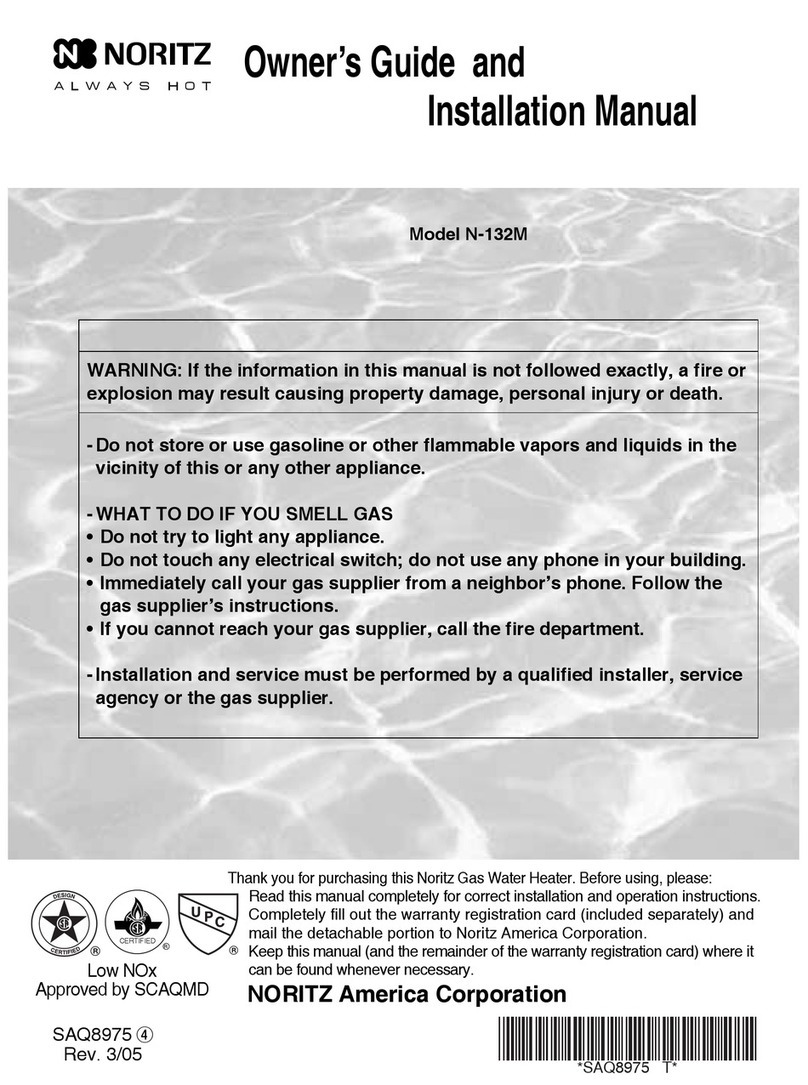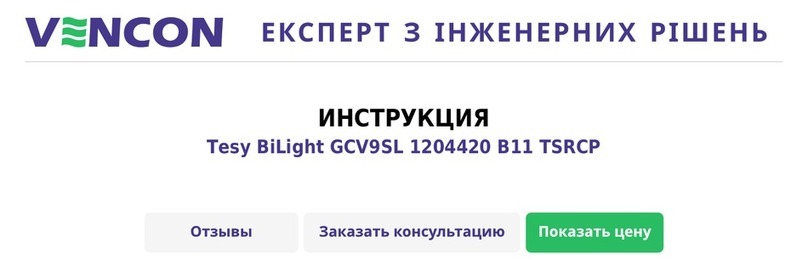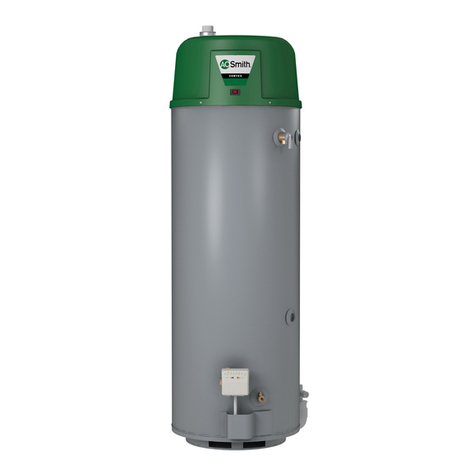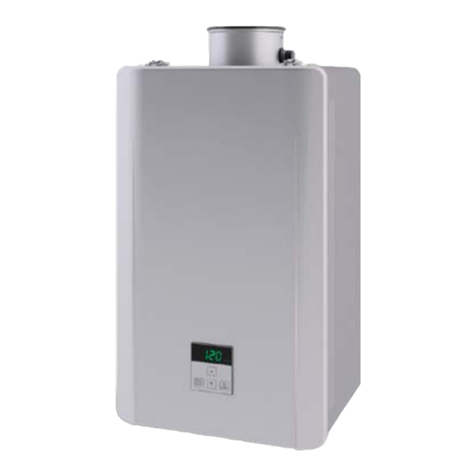
6
K. MULTIPLE HEATERS........................................................................................................................22
L. PIPING DETAIL ..................................................................................................................................23
PART 7 – VENTING, COMBUSTION AIR AND CONDENSATE REMOVAL...........................................26
A. GENERAL...........................................................................................................................................26
B. APPROVED MATERIALS FOR EXHAUST AND INTAKE AIR VENTS.............................................26
C. EXHAUST AND INTAKE AIR VENT PIPE LOCATION .....................................................................27
1. DETERMINE EXHAUST VENT LOCATION...................................................................................27
2. DETERMINE AIR INTAKE VENT LOCATION................................................................................27
D. EXHAUST AND INTAKE AIR VENT SIZING.....................................................................................28
E. LONGER VENT RUNS.......................................................................................................................29
F. EXHAUST VENT AND INTAKE AIR PIPE INSTALLATION...............................................................30
G. VENTING DRAWINGS.......................................................................................................................31
1. DIRECT VENT INSTALLATION OF EXHAUST AND INTAKE.......................................................31
2. INDOOR COMBUSTION AIR INSTALLATION IN CONFINED OR UNCONFINED SPACE.........37
H. EXHAUST VENT AND INTAKE AIR PIPE INSTALLATION..............................................................39
I. REMOVING AN EXISTING WATER HEATER....................................................................................39
J. CONDENSATE REMOVAL SYSTEM.................................................................................................40
PART 8 – FIELD WIRING...........................................................................................................................41
A. INSTALLATION MUST COMPLY WITH: ...........................................................................................41
B. FIELD WIRING...................................................................................................................................41
C. LINE VOLTAGE WIRING FOR STANDARD HEATER......................................................................42
D. THERMOSTAT...................................................................................................................................42
E. OUTDOOR SENSOR (OPTIONAL) ...................................................................................................43
F. INDIRECT SENSOR (OPTIONAL).....................................................................................................43
G. 0-10 VOLT BUILDING CONTROL SIGNAL (OPTIONAL).................................................................43
H. UL353 LOW WATER CUT-OFF INTERFACE KIT (OPTIONAL........................................................44
I. WIRING OF CASCADE SYSTEM COMMUNICATION BUS...............................................................44
J. CASCADE MASTER PUMP AND SENSOR WIRING........................................................................45
K. CASCADE FOLLOWER PUMP AND SENSOR WIRING ..................................................................46
PART 9 – START-UP PREPARATION......................................................................................................46
A. CHECK/CONTROL WATER CHEMISTRY........................................................................................47
B. FREEZE PROTECTION (WHEN USED) ...........................................................................................47
C. FILL AND TEST WATER SYSTEM....................................................................................................48
D. PURGE AIR FROM WATER SYSTEM..............................................................................................48
E. CHECK THERMOSTAT CIRCUIT(S).................................................................................................48
